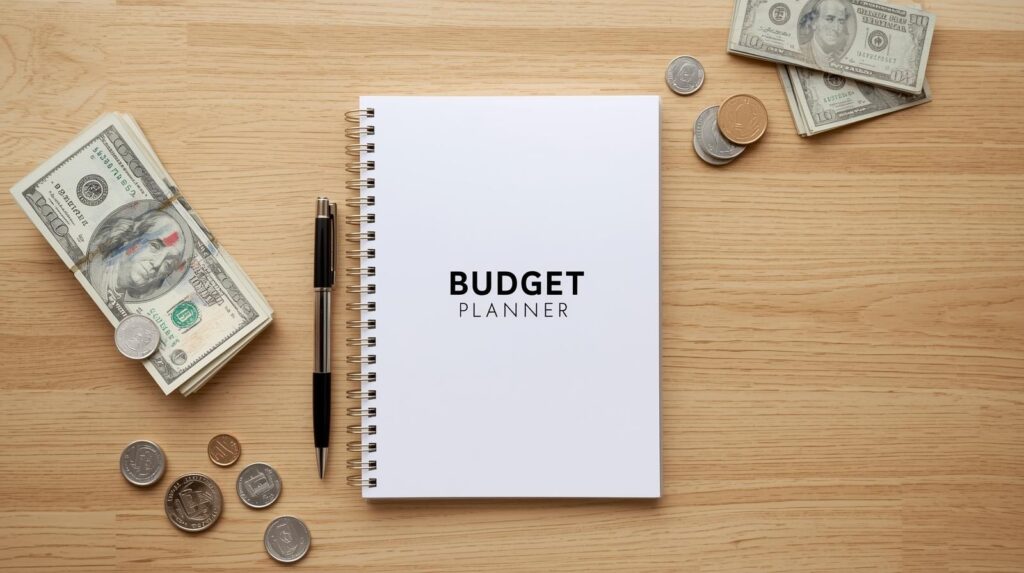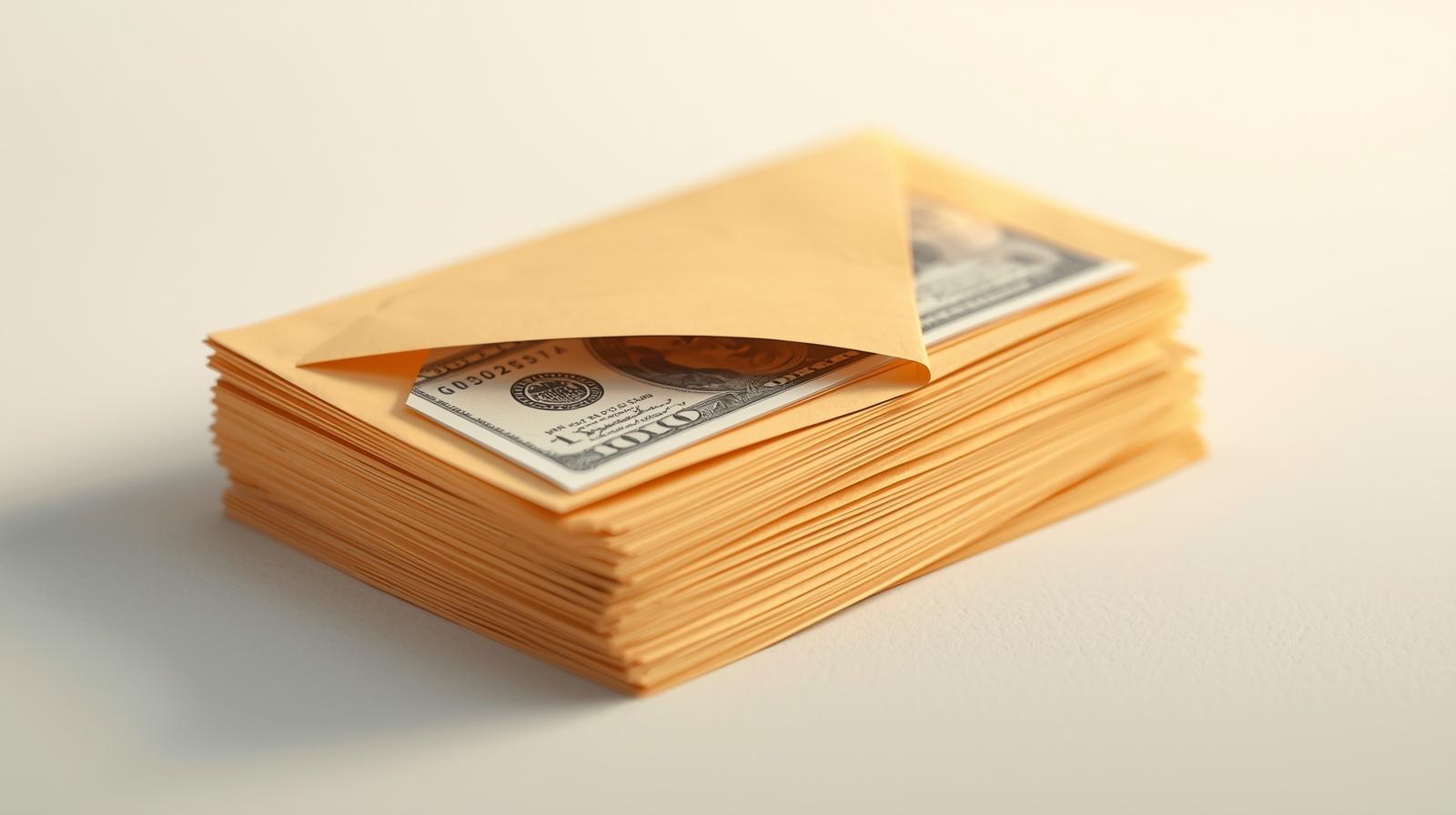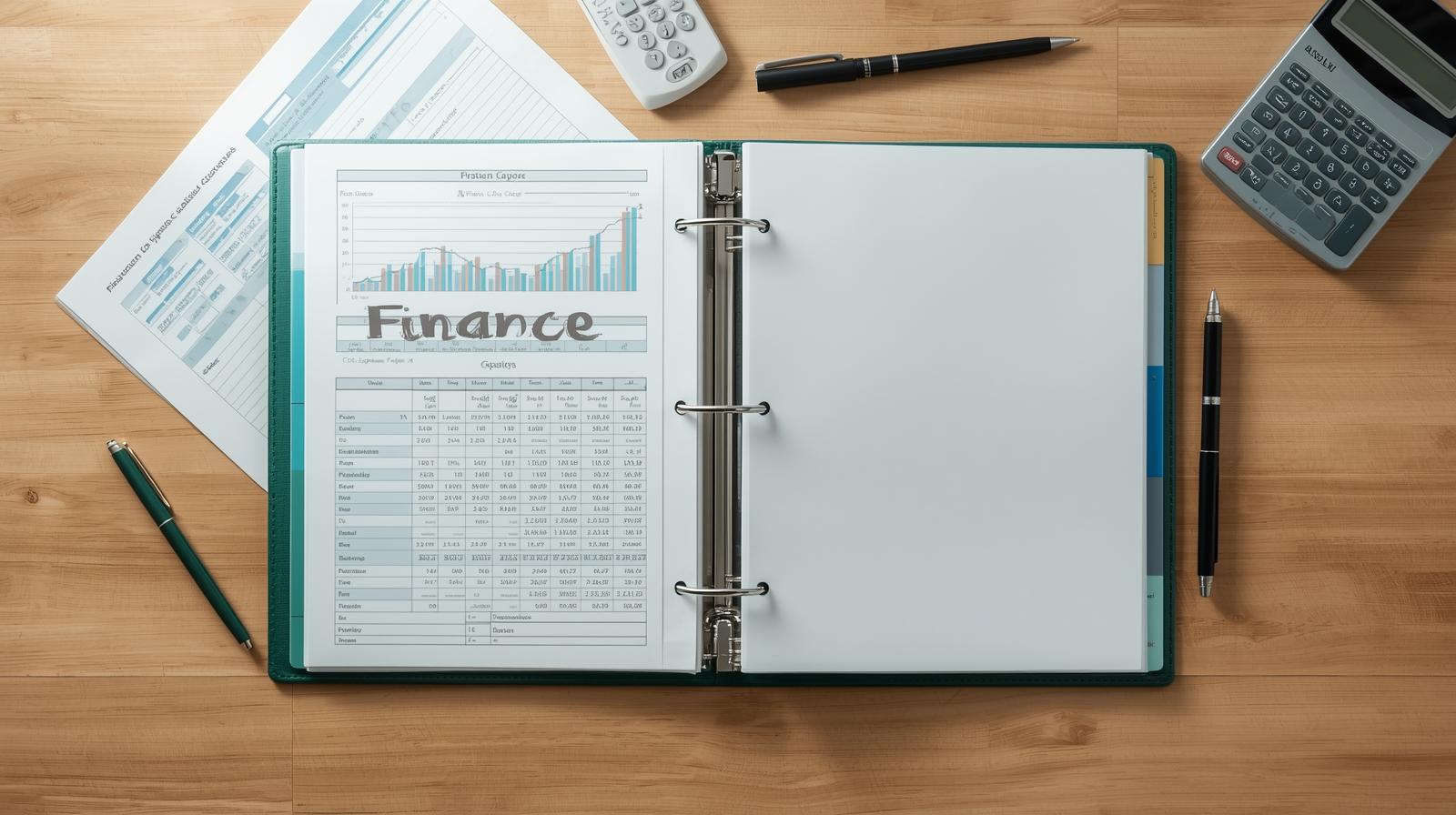Let’s face it: trying to keep your finances in check can feel like untangling a ball of yarn in the dark — especially if you’re juggling a side hustle or two. I’ve been there, scribbling income from freelance gigs and Etsy sales on random scraps, only to lose track by the weekend. A minimalist budget planner changed everything for me. It’s not just about numbers; it’s a clean, no-fuss system that looks good and keeps your money straight. In 2025, with costs creeping up and gig income all over the place, a sleek, aesthetic planner is your ticket to staying in control without the overwhelm.
In this guide, I’m walking you through how to set up a minimalist budget planner with that Instagram-worthy vibe, why it’s a lifesaver, and where to grab free tools to make it yours. I’ve tossed in stories from folks I know who’ve nailed it, plus practical steps to fit your hustle life. Headings everywhere for easy WordPress pasting, because you’re already busy enough. Whether you’re saving for a trip or just keeping your side gig cash organized, this setup will make budgeting feel like a breeze. Let’s get started.

Why a Minimalist Budget Planner Is Your Go-To in 2025
Side hustles are everywhere — over 65% of people have one, per recent polls — but irregular paychecks make budgeting a pain. A minimalist planner cuts through the noise with simple layouts and clean designs, letting you focus on what matters: your money. With inflation still pinching and platforms like PayPal reporting to tax agencies, you need a clear system to track income and expenses. Aesthetic touches like soft colors or crisp fonts aren’t just pretty; they make you *want* to use it. This setup’s perfect for hustlers who want control without a cluttered spreadsheet or app overload.
Step 1: Choose Your Minimalist Planner Format
Picking the Right Vibe
Minimalist planners come in two flavors: digital (Google Sheets, Notion) or printable (PDFs, notebooks). Digital’s great for auto-calculations and phone access; printables feel tactile and focused. Go for clean lines, neutral tones like beige or gray, and simple grids for that aesthetic edge.
Why Format Matters in 2025
With remote work and gig apps booming, you need a planner that syncs with your life — whether you’re budgeting on a commute or at your desk. Minimalist designs keep you focused, no distractions.
Signs You Need a Better Format
- Your current system’s a mess of apps or papers.
- You skip budgeting because it’s boring.
- Can’t find your income or expense totals fast.
How to Choose Wisely
Try a free Google Sheets template for digital or a Canva PDF for print. Test both for a week — pick what feels smoother. I started with printables but switched to Sheets for quick updates.
A Format Success Story
My friend Sarah, a Fiverr freelancer, tried a printable planner but went digital with Sheets. Tracks $1,000/month gigs now, loves the clean look.
Step-by-Step Format Tips
- Search “minimalist budget template” on Canva or Google Sheets.
- Pick one with 2-3 tabs or pages: income, expenses, savings.
- Ensure it’s mobile-friendly or printable.
- Download and test for a week.
Why Format Sets the Tone
The right format makes budgeting a habit, not a chore, keeping your hustle cash in check.
Step 2: Customize for Your Hustle Life
Making It Yours
Tailor your planner to your income streams — day job, Uber, Etsy sales. Add categories like “hustle expenses” (ads, supplies) and “tax savings” (20-30% of gig income). Keep fonts simple — think Helvetica or Arial — and colors soft, like sage or cream, for that aesthetic vibe.
Why Customization’s Key in 2025
Gig income’s unpredictable, and tax rules are stricter. A custom setup tracks variable earnings and preps for IRS or HMRC reporting without clutter.
Signs Your Planner’s Too Generic
- Missing spots for side hustle income.
- Categories don’t match your spending.
- Feels too complicated to update.
How to Customize It
In Sheets, add tabs for each hustle. For printables, use a pen to label sections. Include a tax savings row — I set aside $200/month from freelancing to avoid surprises.
A Customization Win
Jake, a TaskRabbit handyman, added a “tools” expense slot to his Sheets planner. Tracked $1,500 in gigs, saved $400 for taxes.
Step-by-Step Customization Tips
- List all income: Job, gigs, bonuses.
- Add expense categories: Bills, hustle costs, fun.
- Create a tax savings section: 20-30% of gigs.
- Keep design clean — no loud colors.
Why Customization Works
It molds the planner to your life, making updates quick and keeping you motivated.
Step 3: Set Up Income and Expense Tracking
Getting the Numbers Right
List your income sources — say, $2,000 from your job, $500 from Upwork. Break expenses into fixed (rent, utilities) and variable (groceries, hustle supplies). Use formulas in digital planners for auto-totals or tally manually on printables.
Why Tracking’s Critical in 2025
With platforms reporting to tax agencies (IRS over $600, HMRC over £1,000), you need every penny tracked. Minimalist layouts make it fast and clear.
Signs You’re Not Tracking Well
- No idea where your money went.
- Missing tax-ready records.
- Skipping updates because it’s hard.
How to Track Like a Pro
Update weekly — takes 10 minutes. Save receipts in a folder or app like Evernote. Use your planner’s graphs or checkboxes for visual wins.
A Tracking Success Story
Lisa, an Etsy seller, used a minimalist Sheets planner to track $1,200/month. Spotted $250 in overspending on supplies, redirected to savings.
Step-by-Step Tracking Tips
- Enter income weekly: Job, hustle.
- List expenses: Fixed, variable, taxes.
- Use formulas or tally for totals.
- Check weekly for trends.
Why Tracking Keeps You Ahead
It shows where your money’s going, cuts waste, and preps you for taxes with zero stress.
Step 4: Add Goals and Savings
Planning for the Win
Add a section for goals — emergency fund, new laptop, vacation. Set monthly targets, like $200 from hustle cash. Minimalist planners often have progress bars or clean boxes to track savings visually.
Why Goals Matter in 2025
Economic uncertainty makes savings crucial. A pretty, simple design keeps you excited to hit those targets.
Signs You Need Goals
- Spending hustle cash randomly.
- No savings buffer.
- Missing big-picture motivation.
How to Set Them Up
Pick one goal (e.g., $1,000 in six months). Allocate hustle income — say, $150/month from gigs. Track progress in your planner’s savings tab.
A Goal-Setting Win
Tom, a rideshare driver, used a printable planner to save $1,800 for a car repair from $600/month gigs. The clean progress bar kept him hooked.
Step-by-Step Goal Tips
- Name your goal: Emergency, debt, fun.
- Set monthly savings from hustle cash.
- Track with bars or checkboxes.
- Review monthly, adjust if needed.
Why Goals Drive Success
They give your hustle purpose, turning random cash into real progress.
Step 5: Where to Find Free Minimalist Planners
The Beauty of Free Tools
Free planners with minimalist vibes — think soft grays, clean grids — are everywhere. They’re digital or printable, saving you cash while looking sharp.
Why Free’s Perfect in 2025
With budgets tight, free tools let you focus on saving, not spending. Aesthetic designs make daily check-ins something you’ll stick with.
Top Spots for Free Planners
- Canva: Search “minimalist budget planner” for printable PDFs or editable templates.
- Google Sheets: “Personal Budget” template — clean, auto-calculating, free.
- Vertex42: Free Excel/Sheets planners with simple layouts.
- TheBudgetMom: Minimalist printables for monthly tracking.
How to Grab and Use
Download or copy to your drive. Print for a notebook or sync digitally with your phone. Update daily or weekly for 10 minutes.
A Planner Success Story
Ben, a virtual assistant, grabbed a Canva printable. Tracked $1,000 in gigs, saved $300 for taxes with its clean layout.
Step-by-Step Download Tips
- Search for “minimalist budget” on listed sites.
- Pick one with 2-3 sections: Income, expenses, goals.
- Download or print, keep accessible.
- Test for a week, tweak design if needed.
Why Free Planners Win
They’re cost-free, gorgeous, and make budgeting a habit you’ll actually keep.
Wrapping It Up: Budget Simple, Live Big
A minimalist budget planner isn’t just a tool — it’s your hustle’s best friend. Pick a format, customize it, track income and expenses, set goals, and grab a free one to start. I’ve seen friends go from financial fog to crystal-clear with these — you’re next.
Which planner’s calling you? Share below and kick off your setup.
Written by Mudassar Ali — Founder of The Digital Hustle Hub



